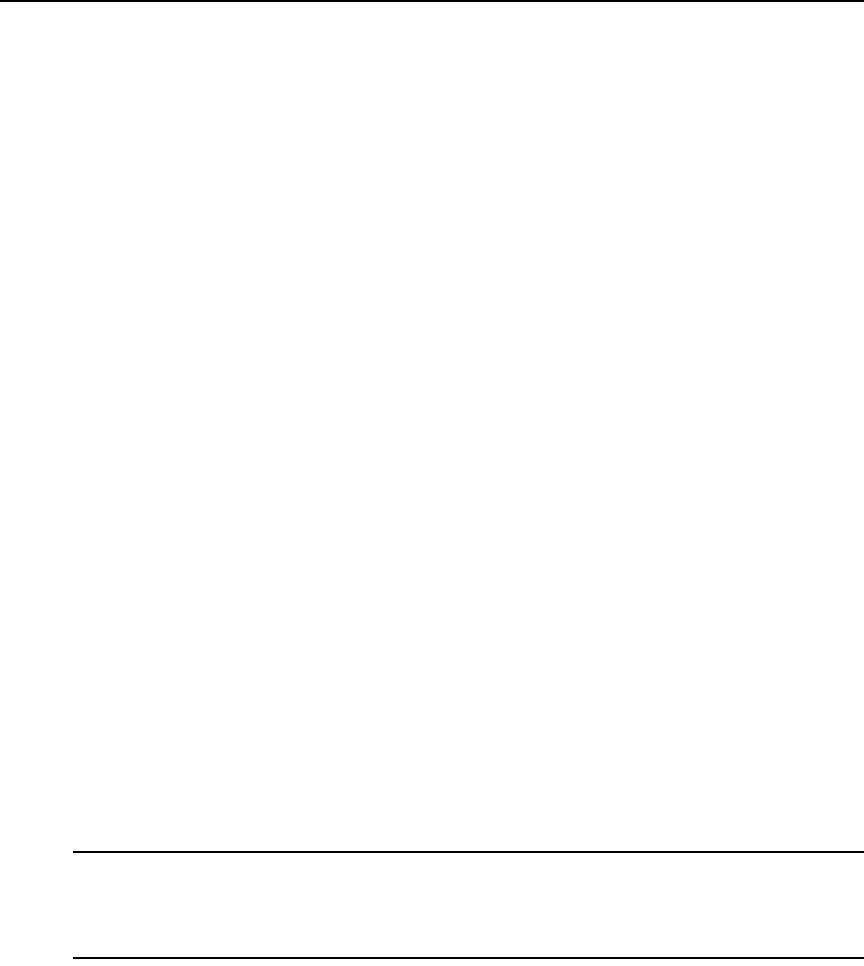
Chapter 19: Using the Telnet Viewer 267
6. In the Send box, type the 0-32 alphanumeric character string that you wish to send in response
to the Expect string. Spaces are allowed, and a blank field is valid. A CR or CR+LF is
appended to the string, based on the New Line Mode - Outbound setting.
7. Repeat the Expect and Send entries as needed, to a maximum of four each.
Reviewing Session Data
During a Telnet Viewer session, you may review the accumulated screen contents by using the
scroll bar or the
Arrow keys. To return to the current session location, press Enter. The size of the
buffer containing session data that can be reviewed is configurable.
You may optionally choose to change the color of the text and/or the background when you are
reviewing session data. When you return to the current session location, the colors will return to
those specified in the Telnet Viewer’s configuration (see Customizing the Telnet Viewer on
page 262).
While you are reviewing collected data, new incoming data is buffered, but it will not be displayed
until you return to the current session location. You may not enter outgoing data.
To change the maximum number of lines in the session buffer:
1. Select Options - Session Properties from the menu or click the Session Settings icon in the
toolbar. The Session Properties dialog box will appear.
2. Click the Terminal tab.
3. In the History Buffer Size box, type a value from 1-1000. The default value is 256.
To change the background and/or text color when reviewing session data:
1. Select Options - Preferences from the menu. The Preferences dialog box will appear.
2. To change the background color, click the Background/History Mode box in the Colors section
and select a color. The default color is blue.
3. To change the text color, click the Text/History Mode box in the Colors section and select a
color. The default color is white.
Macros
NOTE: Three additional types of macros are available in the DSView 3 management software. Exit macros,
created within the DSView 3 Explorer, reside on DS1800 digital switches and DSR switches and are used by
these switches. Global macros and personal macros are created using the Video Viewer window and are used
with KVM sessions with target devices attached to DS1800 digital switches and DSR switches. None of these
macros may be used or are compatible with a Telnet Viewer.
The DSView 3 software Telnet Viewer has a macro function that allows you to create and use
macros during Telnet Viewer sessions. A macro comprises a series of keystrokes that you define.
Additionally, you may specify a hotkey in the macro’s definition. When you define a macro and
enable its inclusion in the Macros menu, you may execute the macro during a Telnet Viewer
